Lasers are no longer science fiction: the technology is used in medical and industrial applications, and could also emerge as a successor to LED. Lasers are now used in very modern cars such as BMW and Audi. But what are they? How do they work? What are the advantages over halogen, Xenon or LED?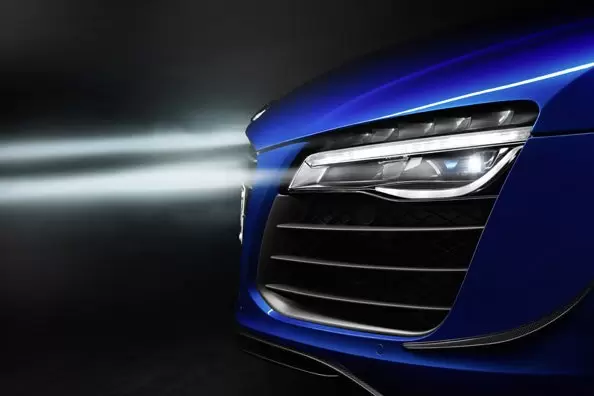
How do laser-powered headlights work?
Laser stands for 'Light Amplification by Stimulated Emission of Radiation'. In other words, a laser is a very concentrated, powerful light beam. Such a powerful beam is not suitable for commercial lighting, and is in fact very harmful when looked at directly. But, don't worry - cars won't be shooting out powerful, blinding laser beams at other drivers. There is a method that can turn a laser beam into a safe and viable source of lighting:
- A highly concentrated beam of light is directed into a phosphor-coated panel. The laser beam itself is typically produced with a gallium nitride diode, which results in a colour that ranges from blue to violet
- As the laser beam goes through the phosphor coating, its colour changes to white and is diffused into a much broader beam
- The beam is now ready to use in lighting applications, including headlights.
This concept is already being used in LED lighting. High-performance LEDs emit a concentrated beam of blue light, which is then diffused by a phosphor coating on the surface of the lamp.
What are the advantages of laser-powered headlights?
Lasers promise to be a revolutionary technology, offering the power and style that puts LEDs to shame. Here's the reasons why:
1. Energy efficiency
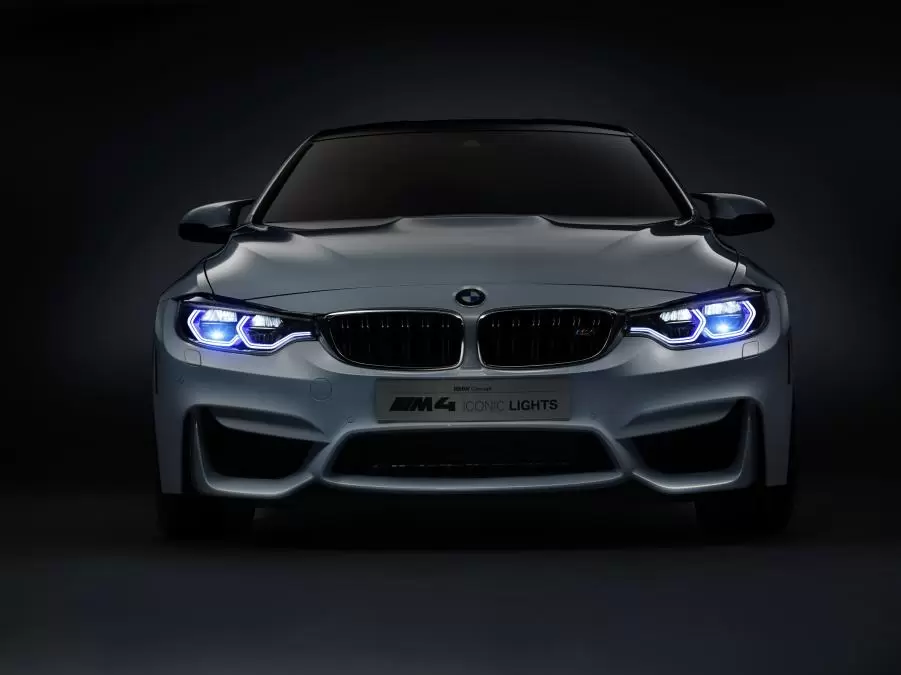 According to current research, laser-powered lighting can be twice as efficient as LED. This would mean an increased battery life and a reduction on the load on your alternator when the engine is running.
According to current research, laser-powered lighting can be twice as efficient as LED. This would mean an increased battery life and a reduction on the load on your alternator when the engine is running.
2. Exceptional light quality
Laser-powered headlights have exceptional colour rendering properties, closely simulating natural daylight. All lighting sources are rated based on a metric called the Colour Rendering Index (CRI), where the maximum value is 100: the higher the number, the higher the quality of light. Most LEDs have a CRI of between 70 and 80, while laser-powered lamps can go up to 95.
With this technology, you'll benefit from greater visibility on the road for improved safety. None of the other headlight technologies offer such a strong combination of energy efficiency and lighting quality.
3. Potentially cheaper than LED
Laser-powered technology is expected to be much more affordable when it goes mainstream. The components that make up a laser lamp are much smaller than those used in LED, which means that a lsser headlamp is more cost-effective to manufacture. Current laser headlights are expensive simply because they're not a mainstream product.
4. Superior optical performance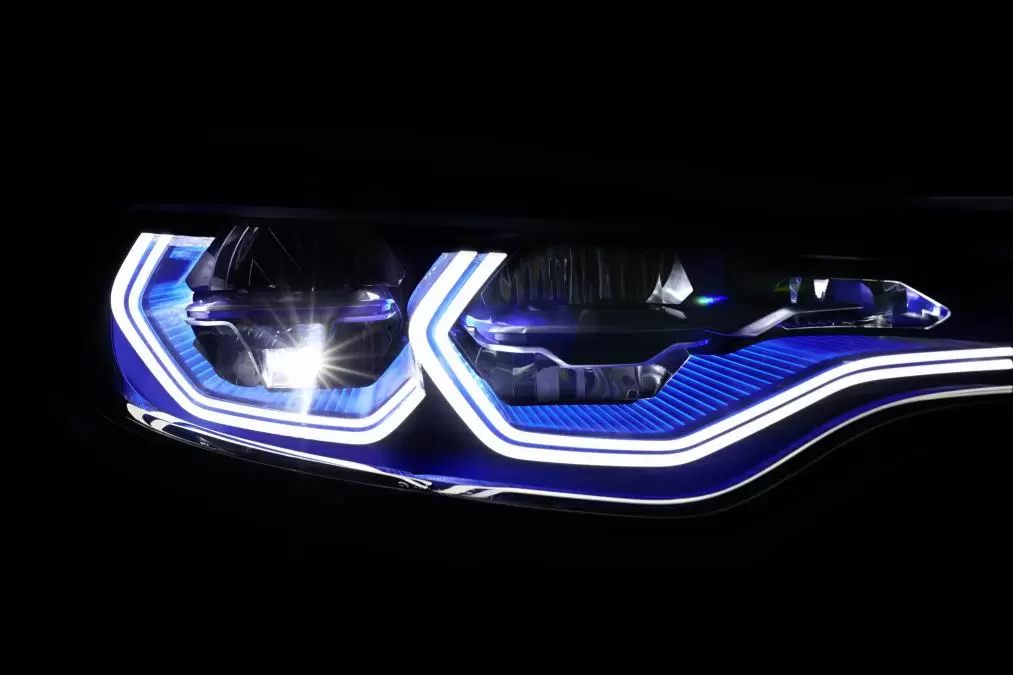
The compact design of laser-powered headlights means that manufacturers have a lot of control over the direction of the light beam and where it is directed on the road. This is ideal for two reasons:
- Maximum visibility: laser headlights direct a powerful beam of light at the road, allowing a high degree of visibility. In addition, laser-powered lamps offen seven times more range than standard halogen, Xenon HID or LED
-
Safety for other drivers: their optical design ensures that the beam of light doesn't dazzle or cause glare for other drivers.
Laser power is still a very new technology. Here at PB HQ we're excited to see the full benefits of these types of headlights on the road in the future!
















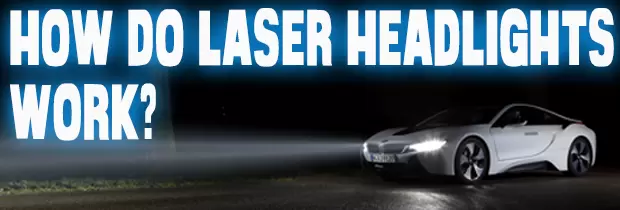
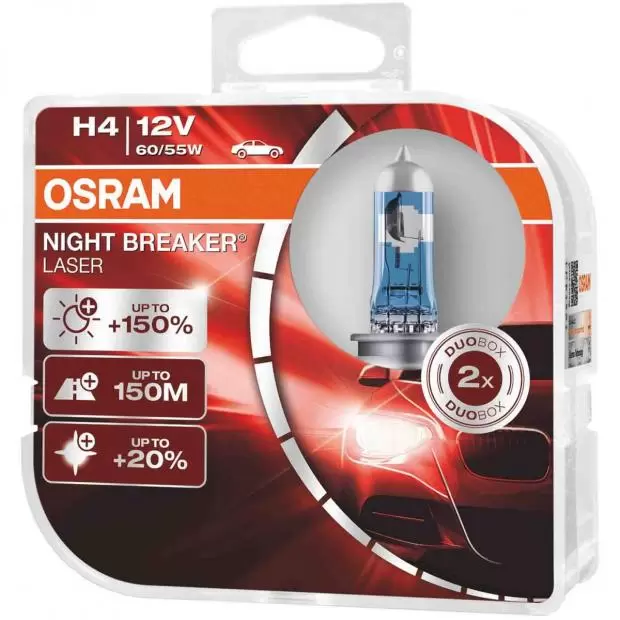

_120_41.jpg)










 Close
Close